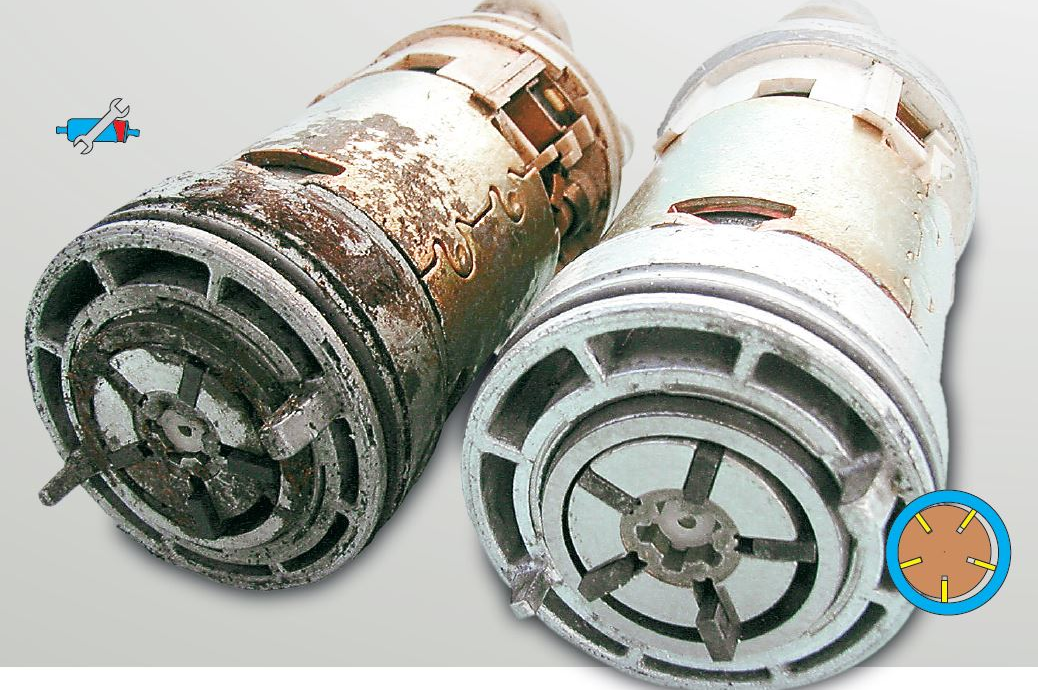
Water damage in the car engine
Contaminated fuel or a problem with condensation?
There can be many reasons why water or impurities get into the fuel system. This article explains how dirt can find its way into the fuel injection system and thus into the fuel filter and the lines of petrol and diesel engines. It outlines differences in the fuel (petrol or diesel) obtained from the petrol station, and explains how a low tank during prolonged non-usage times causes the risk of condensation. It also explains how to determine the water content in fuel.
Rust or chalk particles that are formed as the result of water in the fuel can clog the ,filter and cause the pump to run dry. Chalk and rust deposits on or in the fuel pump reduce the running clearance of the moving parts. This restricted freedom of movement results in increased power consumption and a reduced delivery rate, and may even cause the fuel pump to jam.
At first glance, the expression “water damage” may appear unlikely in the context of fuel pumps. However, fuel can be contaminated by water in a variety of ways:
Formation of condensation in the tank
 |
Note: Fill the fuel tank completely if the vehicle is going to be stationary for a longer period. |
Improper use
Fuel pumps are designed to convey fuel (petrol, diesel). Cases actually exist where a fuel pump has been used as a “water pump”.
Fuel quality
Here are some possible causes:
-
Varying fuel quality in some countries
-
Refuelling from damp containers/canisters
-
Badly designed filling stations
-
Biodiesel
-
High proportion of alcohol - Alcohol absorbs water. When a certain limit is reached, this water is shed.
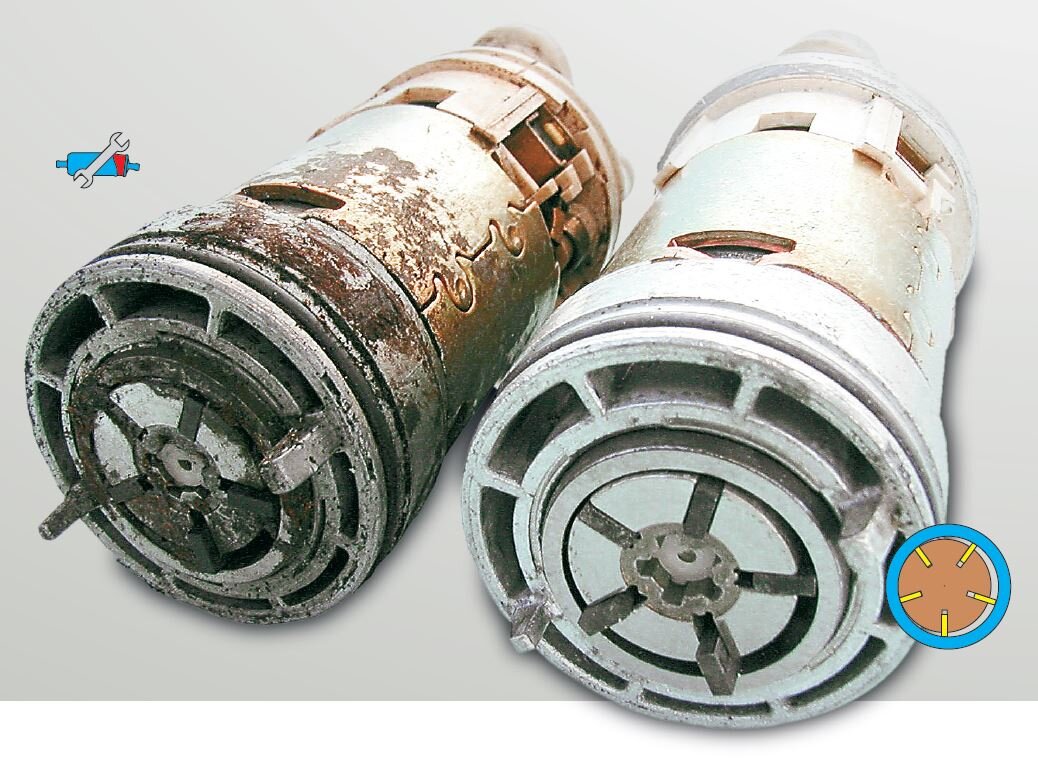
Leaks in the fuel system
Splash water can penetrate the fuel system ,in a variety of ways:
-
Refuelling in the rain
-
Leaky or missing tank-cap seal
-
Missing tank cap
-
Through ventilation orifices of pneumatic valves that are exposed to splash water, e.g. valves in the ACF (activated carbon filter) system
-
The fuel filler neck was not fitted following an accident or body repairs
-
Scuffed tank ventilation hose or incorrect subsequent rerouting of the tank ventilation hose

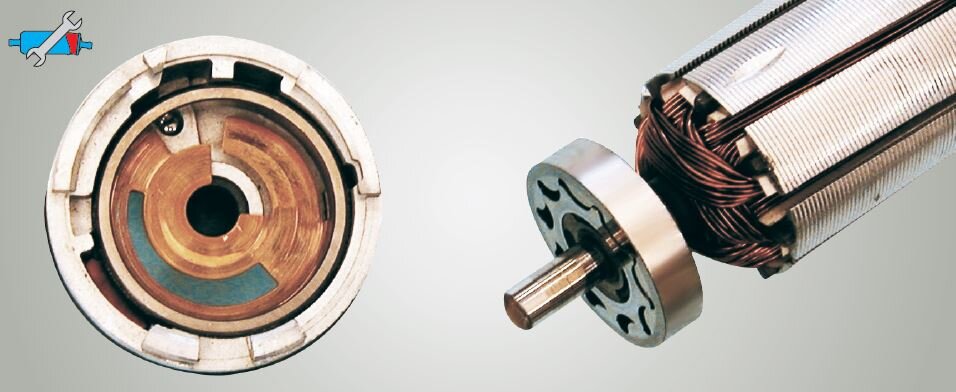
 |
Note: This is how you can determine whether fuel contains water: Pour a little fuel into a fuel-resistant glass (test tube), taking it from as low a level in the fuel system as possible. After a while, the water precipitates. Attention: Pay heed to fire safety requirements! |
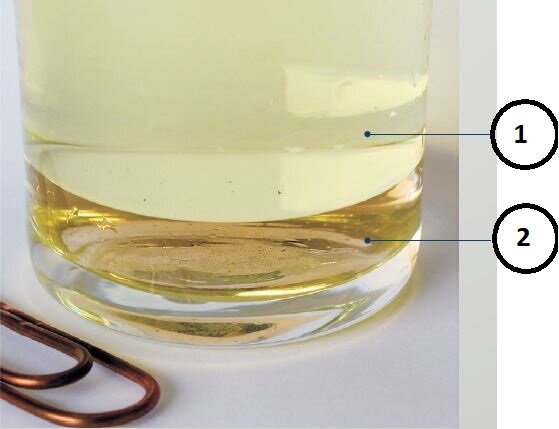
2 = Water
If the sieve filter on the intake side of a fuel pump displays rust or chalk deposits, this is an indication of water in the fuel.
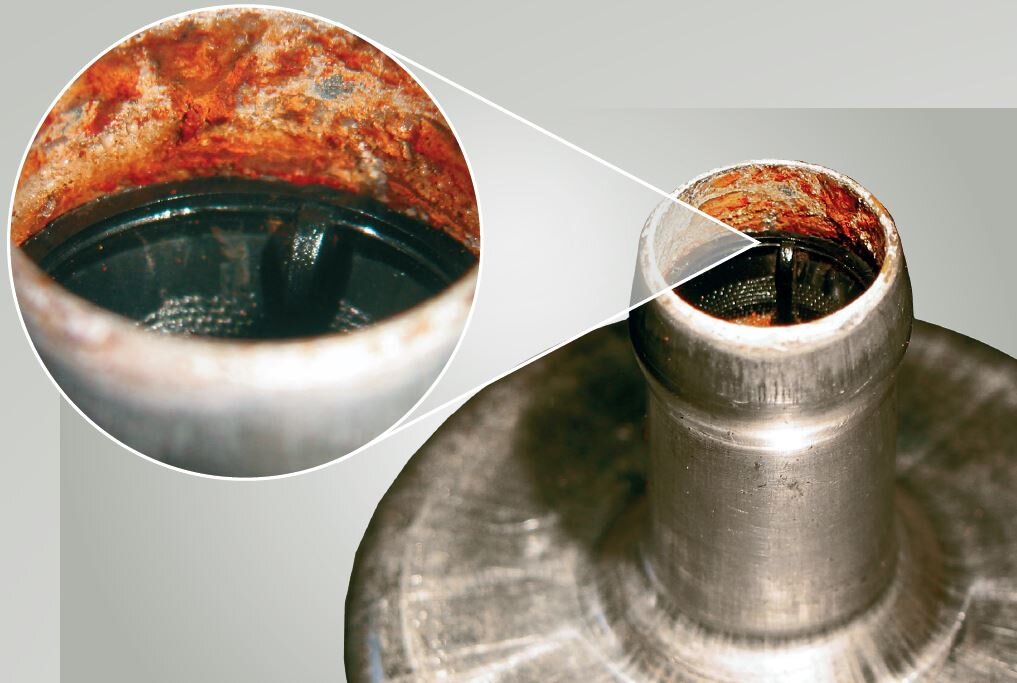

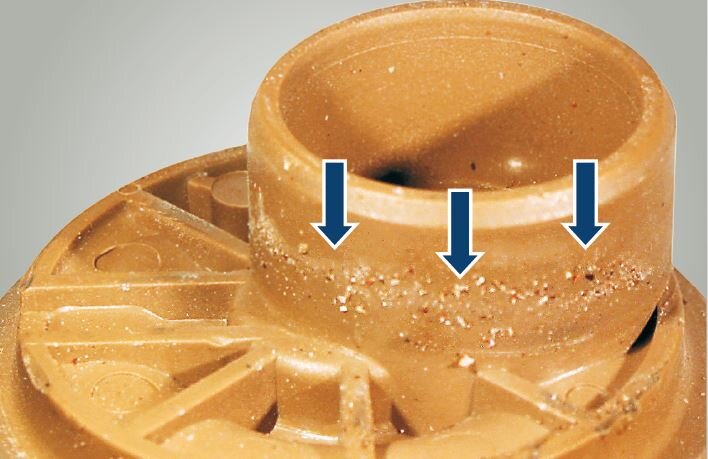

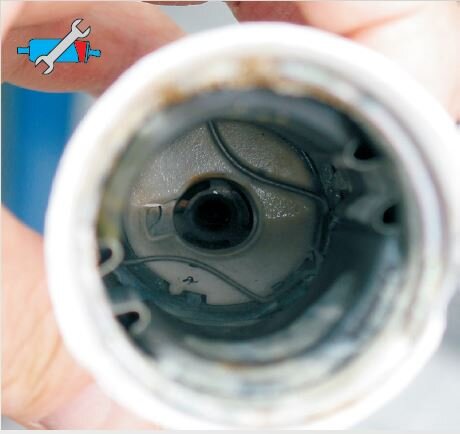
The pump system was so corroded that the water could no longer escape. This fuel pump was misused as a “water pump”.
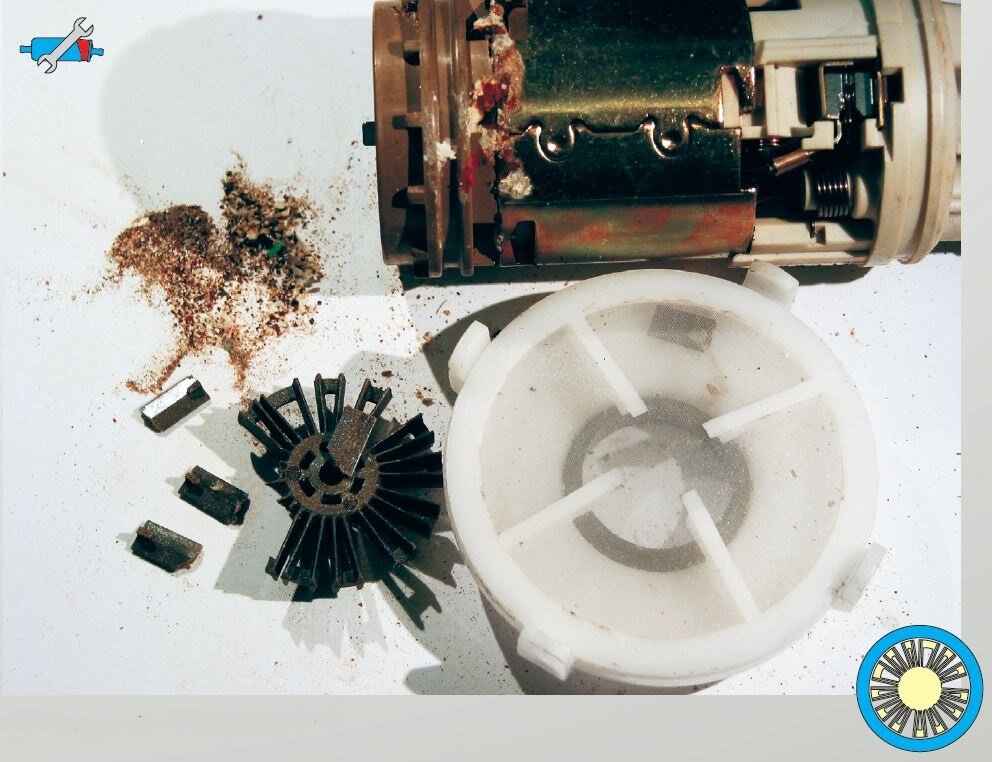
When this fuel pump was opened, it was found to contain “sandy” deposits of chalk, which had destroyed the fins of the impeller.
The fact that the sieve filter is undamaged proves that these particles could not have entered the pump – they must have formed inside it.
Video - WATER PUMPS/ COOLANT PUMPS - BASIC INFORMATION
We need your consent to load the YouTube service!
In order to play YouTube videos, a connection to YouTube must be established. This will also entail data processing and cookie usage by YouTube/Google (possibly also out of the USA). By clicking "Accept", you consent to this data processing and the placing of YouTube cookies on your terminal device. Your selection will be saved for future visits to this website. You may find further information under "More" and in our Data Protection Information.
Tags
Product groups
This might also interest you

